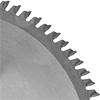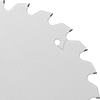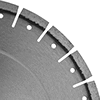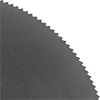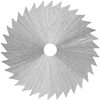Filter by
Diameter
For Use On
Blade Location
DFARS Specialty Metals
Specifications Met
Number of Teeth
No-Load Rotational Speed
Current @ Voltage
Maximum Cutting Depth @ 45°
Weight
For Use With
Manufacturer Model Number
Export Control Classification Number (ECCN)
Fabricating and Machining
Electrical
Containers, Storage, and Furniture



























